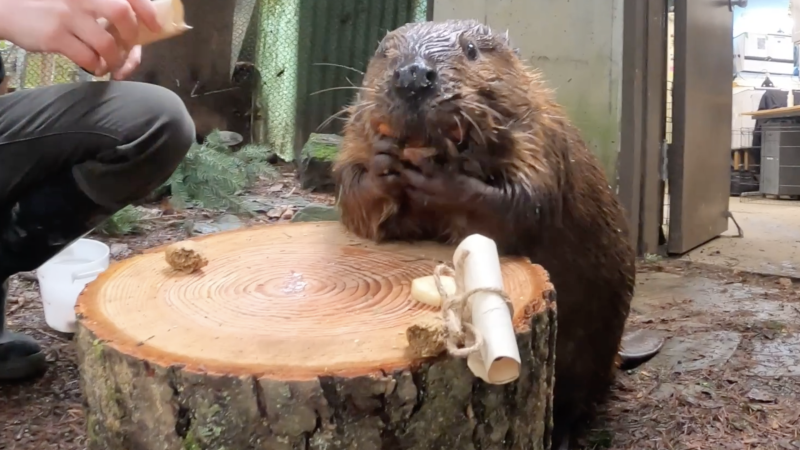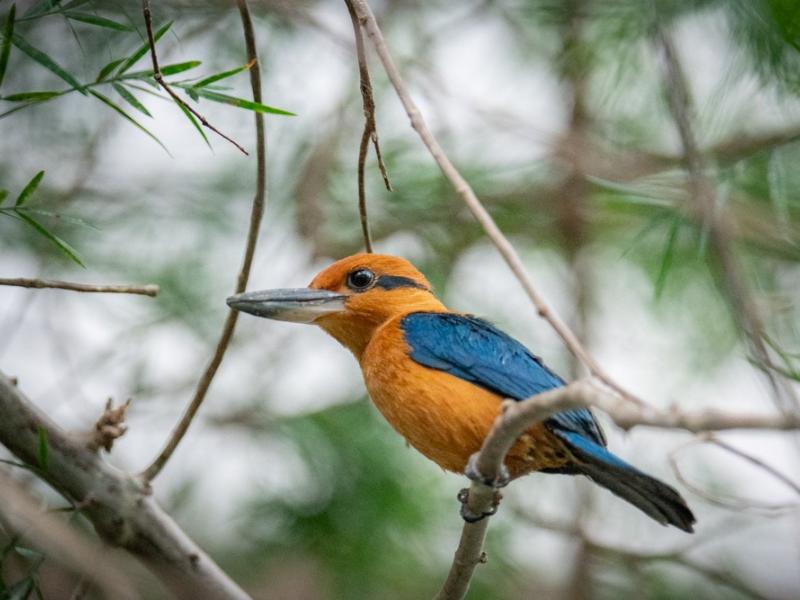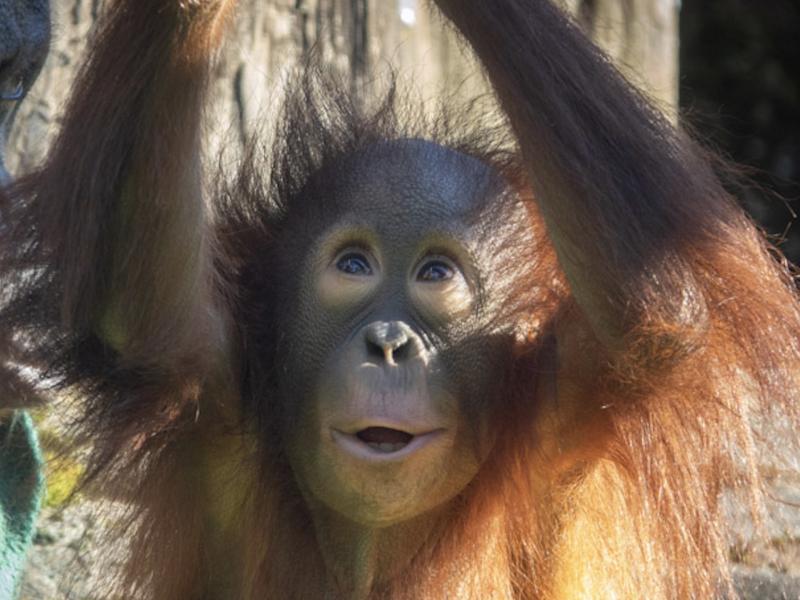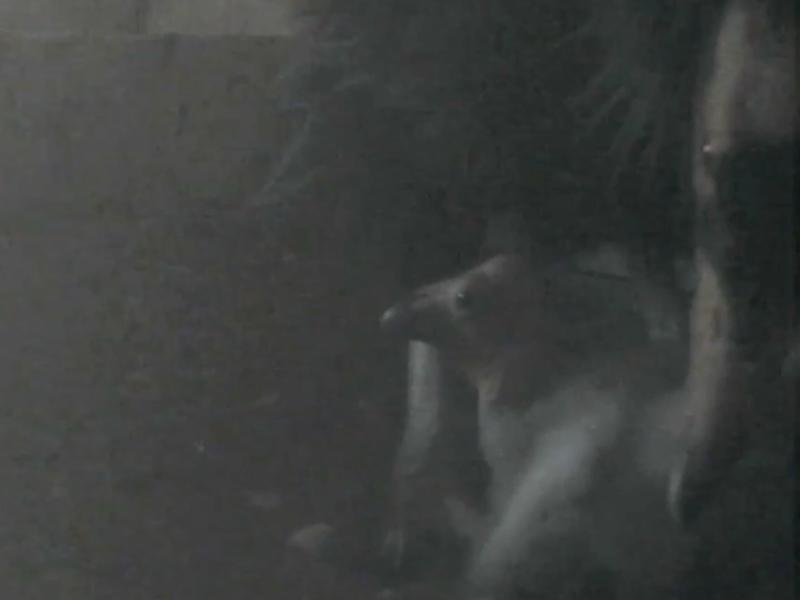
Filbert the beaver has made his furcast; Northwesterners break out their sandals
Put the parkas away, Portlanders. Filbert the beaver — aka Stumptown Fil — has made his weather prediction at the Oregon Zoo: spring will beavery early this year.
Though Feb. 2 is widely known as Groundhog Day, when it comes to furry forecasters, Filbert’s care staff (and social media fans) prefer their local beaver.
“We love groundhogs, but they aren’t native to the Pacific Northwest, and they don’t create wetlands,” said Christina Parr, a keeper in the zoo’s North America section. “Here in Oregon, we’re beaver believers.”
Filbert made his forecasting debut in 2020, and Parr says that while his predictions aren’t perfect, but they’re about as accurate as you can hope for from a weather beaver.
“Last year, Filbert predicted six more weeks of winter, and later that month we had a huge snowstorm,” Parr said. “He may not be a professional furcaster but he’s right about half the time!”
Even if meteorology doesn’t end up being Filbert’s strong suit (it did take him a few passes to stop at the weather stump this year), he does a great job connecting people with one of Oregon’s most iconic and misunderstood animals, according to Parr.
Born at the zoo in 2011, Filbert and his lodge-mate Maple have acquired thousands of fans on the zoo’s social media channels, where their industrious wood-gathering activities have earned them the title “branch managers.” The pair are currently starring in the “Beaver Branch Challenge” web series, where wildlife experts challenge them to chew down huge branches. Filbert is also an experienced research assistant: In 2015, he helped Oregon State University with its Beaver Genome Project.
Though Oregon is known for its beaver population, that hasn’t always been the case. In the 19th century, American beavers were hunted and trapped for their fur; by about 1900, they were almost gone from many of their original habitats. Pollution and habitat loss also affected their survival. In the last 100 years, thanks to re-establishment programs and hunting regulations, beavers have made a strong comeback. They are now listed as a species of least concern by the International Union of Conservation of Nature.
More News

Zoo welcomes ultra-rare sihek kingfishers
The Oregon Zoo is home to many critically endangered species, but perhaps none as rare as its newest arrivals: a trio of sihek kingfishers.April 25, 2024

Jolene turns 2: Zoo to celebrate orangutan's 2nd birthday
The littlest member of the orangutan family is celebrating a big milestone this week: Jolene will turn 2 on Saturday.April 12, 2024

Seven chicks and counting: Zoo welcomes first condors of 2024
Seven fluffy chicks hatched last month at the Oregon Zoo’s Jonsson Center for Wildlife Conservation.April 5, 2024

